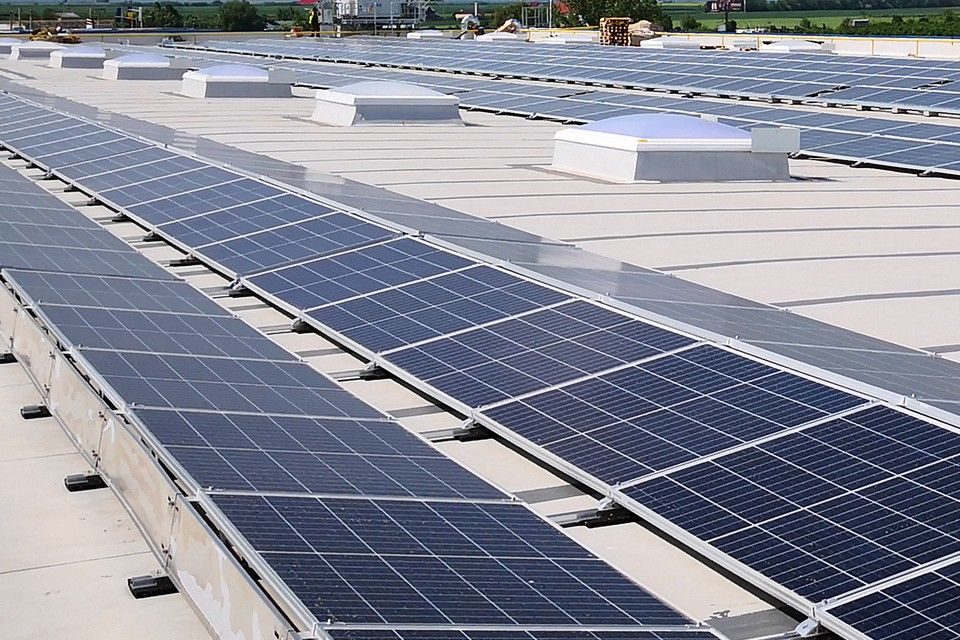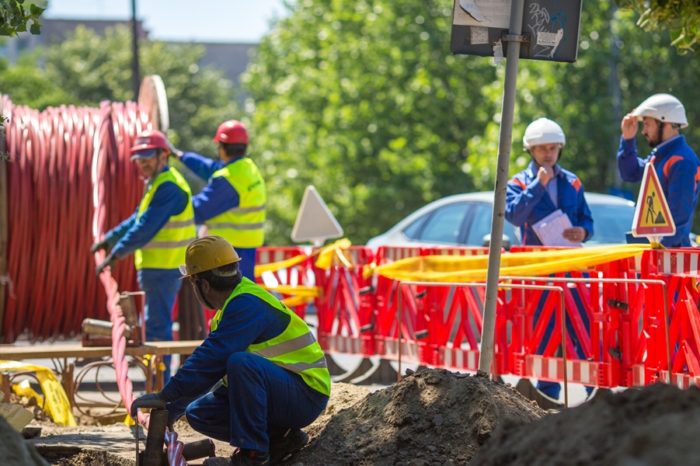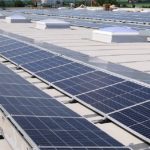E.ON reports EBITDA of 4.9 billion Euro for the first half of 2024

In the first half of 2024, E.ON performed in line with its Group full-year targets. The group reported adjusted EBITDA of 4.9 billion Euro and net income of 1.8 billion Euro.
The company also further increased its investments year-over-year, made progress in digitalizing, and helped its customers to decarbonize.
E.ON CEO Leonhard Birnbaum said: “Having performed as planned in the first half of 2024, we’re well on track to achieve our Group targets for the full year. As Europe’s largest distribution system operator, serving 47 million customers and providing smart energy solutions, we want to be the company that makes new energy work in Europe. We accept this challenge, and we deliver. The foundation is our operating performance and E.ON’s strong balance sheet, which is also reflected in the numbers we published today. Our ambitious investment program is how we’re doing our part.”
As anticipated, adjusted Group EBITDA of roughly €4.9 billion for the first six months of 2024 was below the high prior-year figure, which was characterized by positive one-off effects (H1 2023: €5.7 billion). E.ON’s investment-driven growth and good operating performance in the current fiscal year were overshadowed by the non-recurrence of these effects. E.ON sees itself on course to reach its full-year 2024 guidance and continues to expect adjusted Group EBITDA of €8.8 to €9.0 billion.
Adjusted Group net income amounted to around €1.8 billion in the first six months of 2024 (H1 2023: €2.3 billion). E.ON continues to forecast adjusted Group net income to be €2.8 to €3.0 billion for full-year 2024. This corresponds to earnings per share of €1.07 to €1.15.
Energy Networks’ first-half adjusted EBITDA totaled around €3.3 billion (H1 2023*: €3.4 billion). Temporary effects, particularly for redispatch costs in Germany, had a significant positive impact on this business division’s prior-year earnings. Over time, E.ON passes these effects on to its customers through grid fees. In addition, milder temperatures in the first half of 2024 resulted in lower energy transmission volumes. Higher costs from the upstream network also had a temporary negative impact on earnings. By contrast, earnings were boosted in particular by higher investments in E.ON’s growing network infrastructure. In the first half of 2024 alone, E.ON added around a quarter of a million new connections to its networks across Europe.
Energy Retail’s first-half adjusted EBITDA declined to about €1.4 billion (H1 2023: €2.0 billion). This reflects the normalization of earnings as anticipated by E.ON. In comparison, 2023 was characterized by exceptionally high one-off effects. In addition, milder temperatures in some areas led to a year-over-year decline in sales volume. The expected increase in market activity also contributed to this earnings trend. Despite this challenging market environment, E.ON succeeded in keeping customer numbers in energy sales stable.
Energy Infrastructure Solutions (EIS) brings together E.ON’s operations to decarbonize the energy supply of business customers, cities, and communities. EIS’ first-half earnings decreased year-over-year to around €250 million (H1 2023: around €320 million). Positive one-off effects in the prior-year period constituted the main factor. In addition, energy sales were temporarily lower than in the prior year, partly due to milder temperatures and maintenance work on heating and electricity supply systems. Demand for decarbonization solutions continues unabated. E.ON was chosen to undertake a number of new innovative projects in the first half 2024, including installing a low-carbon heating network in East London. Once completed, this network will save around 4,000 metric tons of CO2 per year.
E.ON invested €2.9 billion in the energy transition in the first half of 2024, another significant year-over-year increase of more than 20 percent or €500 million.
Most of these investments – around €2.1 billion – went toward expanding, upgrading, and digitalizing E.ON’s network infrastructure. E.ON thus increased its network investments by roughly €260 million compared to the prior-year period. Investments in Energy Retail and Energy Infrastructure Solutions were also significantly higher year-over-year. Higher investments at Energy Infrastructure Solutions reflected the planned business expansion, particularly in the United Kingdom, Northern Europe, and Germany. E.ON acquired a stake in a large-scale battery storage project in the United Kingdom to create flexibility options for tomorrow’s electricity networks. Investments in Energy Retail rose in particular because of the ongoing digitalization of energy sales and the expansion of E-Mobility.
E.ON’s higher first-half investments were accompanied by the addition of more than 2,000 employees, most of them again in the Energy Networks business. Moreover, E.ON is systematically digitalizing and smartifying its systems and all associated processes. For example, E.ON has continued to make progress in expanding the number of its digital transformer stations across Germany. They are a key element for the efficient operation of the medium- and low-voltage networks. E.ON installed around 2,000 additional digital transformer stations in the first half of 2024 alone.
E.ON’s growth and investment program and ongoing digitalization position the company well for the years ahead. E.ON plans to invest a total of €42 billion in the energy transition through 2028. The focus will be on its Energy Networks business, in which it plans to invest €34 billion.














